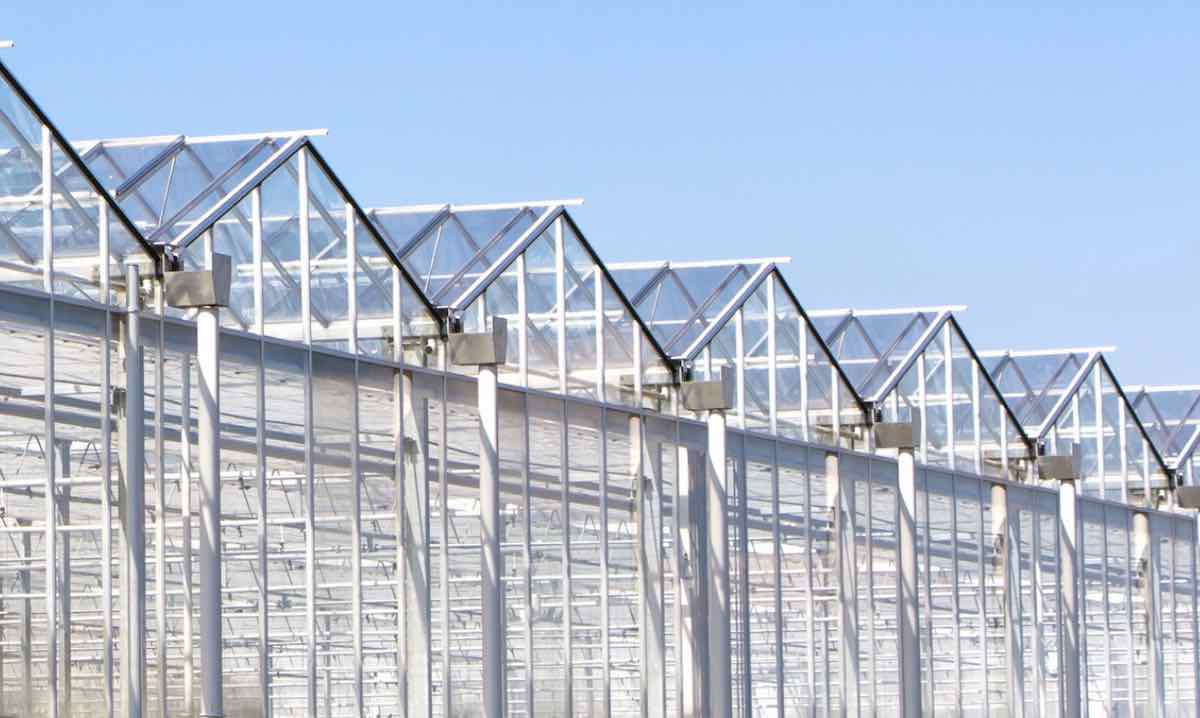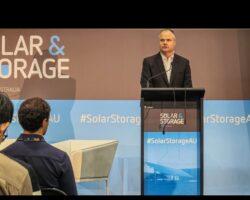ASX-listed ClearVue Technologies has announced a manufacturing breakthrough that could produce its new generation of solar glass 92 per cent faster than previous methods and deliver “substantial” cost savings.
The Perth-based company says the breakthrough was made by a Chinese manufacturer, who made 80 of it “integrated glazing units” that combine clear glass with electrical circuitry to generate electricity.
ClearVue’s second generation unit was designed to be easier to make using standard, mass production lines. It was first tested in Singapore, which was able to reduce fabrication and assembly time by 90 per cent.
The Chinese manufacturer made the 80 units on an existing commercial production line and said adding the extra components to the ClearVue glass units added five minutes to the production time for each.
ClearVue CEO Martin Deil says this has cut the amount of labour required for making the units from hours to minutes and he expects the cost savings to be “substantial”.
“Our building-integrated photovoltaics (BIPVs) can be produced on mass production lines without the need for glass manufacturers to make changes to their standardised lines, providing them with reduced capital costs, and less downtime between different product runs,” Deil said in a statement.
“By reducing fabrication and assembly times, we lower their costs and increase their production outputs and manufacturing plant capability, leading to lower cost products for end-customers.”

Selling the embodied carbon story
The breakthrough has allowed the company to open talks with potential licensees, as governments and regulators around the world begin looking at building standards and the part they play in net zero carbon dioxide goals.
ClearVue expects the next generation design to reduce embodied carbon by about 30 per cent, by using thermoplastics – a material solar panel companies are using around the world to reduce the weight of different elements in a solar installation and open up new spaces for solar panels.
Embodied carbon is the emissions created when construction, running and then one day demolishing a building. In Australia, the construction industry produces some 90 million tonnes of greenhouse gases a year, or 18.1 per cent of national carbon emissions.
In Australia, from October New South Wales developers will need to measure the embodied carbon in the design of their buildings, as part of the new Sustainable Buildings State Environment Planning Policy.
The World Green Buildings Council (WGBC) says buildings account for 39 per cent of global emissions, with 28 per cent coming from operating them and 11 per cent from construction. It wants all new buildings around the world to be net zero emitters operationally and reduce embodied carbon by 40 per cent by 2030, and reach net zero embodied carbon by 2050.
Manufacturing in WA
In its home market, ClearVue will begin manufacturing key components for its products in Western Australia, after winning a $2 million grant to establish a photovoltaic (PV) and nanoparticle components manufacturing facility, in May.
Specifically, the company plans to build an assembly line to manufacture the PV strips used in the company’s clear glass solar windows and façades.
ClearVue’s solar windows use a transparent interlayer enhanced with nano and micro particles that spread the solar energy that hits the glass surface toward the optimally positioned solar cells along the perimeter of the integrated glass units.
As part of the redesign, the Australian company has also introduced a double glazed option, which is about 40 per cent lighter than the current triple glazed glass design. It has also cut the thickness (and therefore the weight) of the new triple glazed unit.
A 40% reduction in energy use
The proof for ClearVue’s claims around reduced energy use is growing, after a two-year study last month published results showing a roughly 40 per cent reduction in energy use intensity in a greenhouse, compared to conventionally glazed glass.
A clear solar glass greenhouse was built in Western Australia in 2021 at Murdoch University using three different types of ClearVue’s glass.
The subsequent research, published in peer-reviewed paper in MDPI’s Technologies journal, showed consistent energy generation despite having a large area of vertically oriented windows.
The energy amounts harvested daily approached ~19 kWh/day, although there were some limitations to the amount of sunlight that could be harvested caused by the maximum AC power output limitations of microinverters used, affecting primarily the roof-mounted arrays on summer days.









